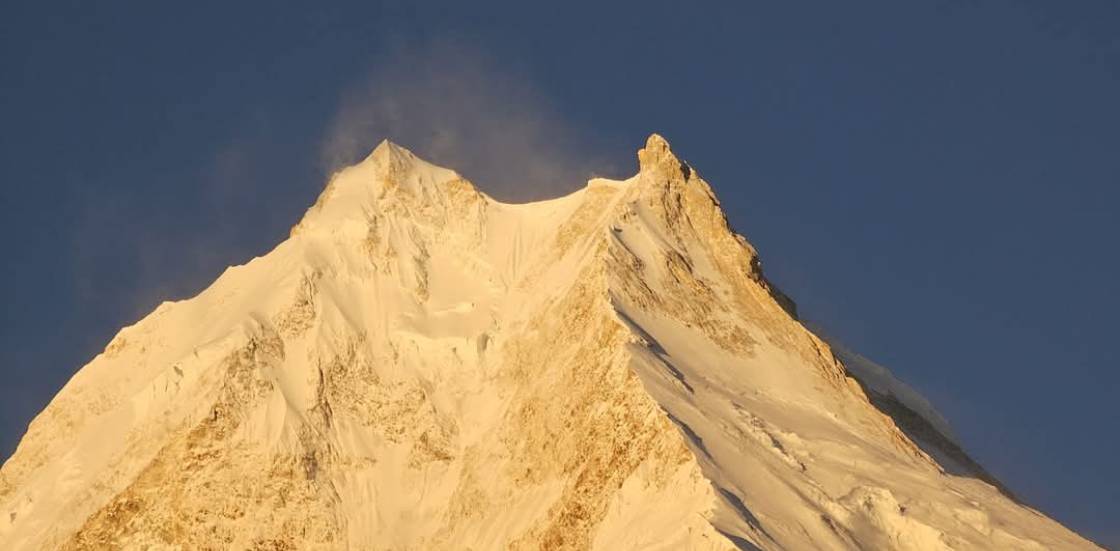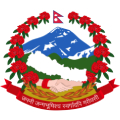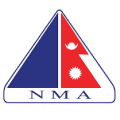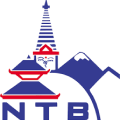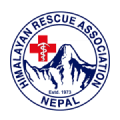Everest Base Camp Rapid Trek
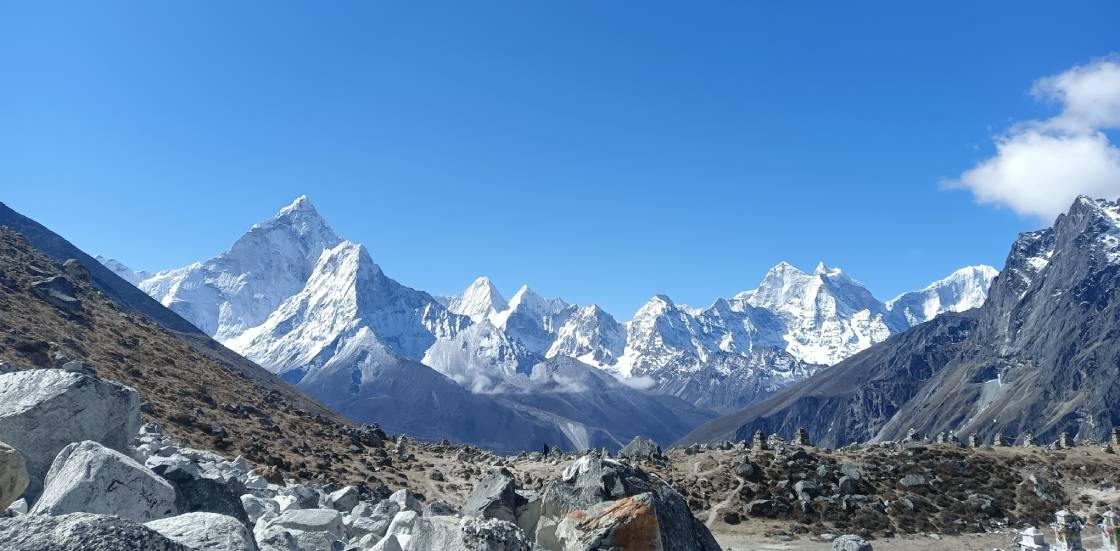
Trek Duration
11 days
Best time to go
Sep-Nov, Mar-May
Group Size
1-20
Max Trekking Altitude
5,545 meter
Accommodation
Teahouse
Trek Grade
moderate
Area
Everest Region
Hours of Walking
4-9 Hours per day
Start point - End point
Kathmandu
The Everest Base Camp Rapid Trek is an exhilarating and challenging adventure designed for trekkers who wish to experience the grandeur of Mount Everest (8,848.86m) and the breathtaking landscapes of the Khumbu region in a shorter time frame. Unlike the traditional Everest Base Camp trek, which takes 12-14 days, the rapid trek is completed in 8-10 days, making it an ideal choice for those who have limited time but still want to stand at the foot of the world’s highest mountain. This fast-paced trek demands excellent physical fitness, prior trekking experience, and a strong ability to adapt to high-altitude conditions, as the acclimatization period is shorter than usual.
The journey begins with a thrilling flight from Kathmandu to Lukla (2,860m), one of the most adventurous airports in the world. This 35-minute flight offers stunning aerial views of the Himalayas and leads to the gateway of the Everest region. From Lukla, the trek kicks off with a descent through pine forests, crossing suspension bridges over the Dudh Koshi River before reaching Phakding (2,610m). This first-day trek is relatively easy and helps trekkers ease into the journey.
The second day involves a challenging yet rewarding trek from Phakding to Namche Bazaar (3,440m), the heart of the Khumbu region. The route passes through the entrance of Sagarmatha National Park, a UNESCO World Heritage Site known for its diverse wildlife, including Himalayan thars, musk deer, and colorful pheasants. After crossing several high suspension bridges, including the iconic Hillary Suspension Bridge, a steep climb leads to Namche Bazaar. This vibrant Sherpa town is famous for its bustling market, trekking shops, bakeries, and mesmerizing mountain views.
Since the rapid trek follows a faster itinerary, proper acclimatization is crucial. On the third day, trekkers stay in Namche Bazaar for an acclimatization hike to Everest View Hotel (3,880m), one of the highest-altitude hotels in the world, offering spectacular panoramic views of Mount Everest, Lhotse, Nuptse, Ama Dablam, and Thamserku. This day allows the body to adjust to the increasing altitude while giving trekkers a chance to explore Namche, visit the Sherpa Museum, or interact with locals to learn about their unique traditions and lifestyle.
The trek then continues towards Tengboche (3,867m), home to the Tengboche Monastery, the largest Buddhist monastery in the region. The trail offers breathtaking views of Ama Dablam, often considered one of the most beautiful mountains in the world. Tengboche provides a spiritual ambiance, as trekkers can witness Buddhist monks chanting prayers and performing rituals inside the monastery. The journey further ascends to Dingboche (4,410m), passing through lush rhododendron forests, glacial rivers, and traditional Sherpa villages.
As the altitude increases, the terrain becomes more rugged and barren. From Dingboche, the trek leads to Lobuche (4,940m), passing through Thukla Pass (4,830m), where trekkers can see memorials of climbers who lost their lives on Everest expeditions. The thinning air and rocky trails make this section challenging, but the incredible views of Pumori, Khumbutse, and Lingtren motivate trekkers to push forward.
On the most awaited day of the journey, trekkers finally reach Everest Base Camp (5,364m). The route from Lobuche to Gorak Shep (5,164m), the last settlement before base camp, takes trekkers across the Khumbu Glacier, with dramatic ice formations and deep crevasses. Arriving at Everest Base Camp is a moment of immense pride and accomplishment, as trekkers stand at the foot of the world’s highest peak, surrounded by colorful prayer flags and a mesmerizing Himalayan landscape. While Everest itself is not visible from the base camp, the Khumbu Icefall and the towering peaks of Nuptse and Pumori make for a surreal experience.
The next day begins early with a hike to Kala Patthar (5,545m), the highest point of the trek, offering the most breathtaking sunrise view of Everest. This challenging climb is rewarded with an unobstructed, golden view of Everest, Lhotse, and the surrounding peaks. Many trekkers consider this the best viewpoint in the Everest region.
The descent follows the same trail, with a quick return to Pangboche, Namche Bazaar, and finally Lukla. The long trekking days make this journey intense, but the experience of trekking through the legendary Everest region in a shorter time is unforgettable. A scenic flight from Lukla to Kathmandu marks the end of this high-altitude adventure.
The Everest Base Camp Rapid Trek is best suited for experienced trekkers who are physically fit and accustomed to long, challenging hikes. Since the acclimatization period is limited, there is a higher risk of altitude sickness, so proper hydration, nutrition, and mental preparedness are essential. This trek is a once-in-a-lifetime experience, combining adventure, stunning landscapes, rich Sherpa culture, and the thrill of reaching Everest Base Camp in a shorter time frame.
Itenary
Cost Include
- Both way air ticket (KTM-LUKLA-KTM) for the Member & Guide including Airport tax
- Local Development Fees for Everest region
- Sagarmatha (Everest) National park fee
- Fresh Meals on full board (Breakfast+Lunch+Dinner) with Hot drinks (Tea/ Coffee)
- Safe drinking water & basic first aid kit during the trek
- Trekking equipment (sleeping bag, down jacket, trekking pole) if require
- An English Speaking(Government licensed holder) Local Expert Trekking Guide, Assistant Guide & Porters ( as per group size)
- All applicable government taxes/ local charges
- Staff daily wages, insurance, equipment, domestic airfare, food, and accommodation
Cost Exclude
- International airfare & visa charge to Nepal
- Accommodation Lunch and Dinner during your stay in Kathmandu
- Personal expenses: phone call, laundry, bar bills, battery recharge, mineral water & hot shower
- Rescues, repatriation, medicines, medical tests and hospitalization expenses
- Personal clothes,travel bag & medical kit
- Any additional staff other than specified
- Tips for Guide & Porter
FAQs
The EBC Rapid Trek is a condensed version of the classic Everest Base Camp trek, designed for trekkers who want to reach Everest Base Camp in a shorter timeframe, typically 10–12 days. The trek follows a faster pace and is intended for those with a higher level of fitness and prior trekking experience. While it still allows for proper acclimatization, the itinerary is more streamlined, focusing on getting to Base Camp quickly while still enjoying stunning views of Mount Everest and other surrounding peaks.
The EBC Rapid Trek typically takes 10 to 12 days, which is shorter than the standard Everest Base Camp trek that usually takes 12 to 16 days. The rapid trek is designed to follow a faster-paced itinerary, allowing trekkers to reach Everest Base Camp in a more condensed timeframe while still providing time for acclimatization.
Yes, the EBC Rapid Trek is more challenging than the regular Everest Base Camp trek due to its faster pace and shorter itinerary. While the standard trek allows for more gradual acclimatization, the rapid version condenses the schedule, requiring trekkers to ascend more quickly, which can increase the risk of altitude sickness. This makes it more physically demanding and requires a higher level of fitness and prior trekking experience. However, it’s ideal for those who want to experience the trek in a shorter time frame without missing out on the key highlights.
The highest point on the EBC Rapid Trek is Everest Base Camp itself, located at 5,364 meters (17,598 feet). This is the ultimate goal of the trek, where trekkers get to experience breathtaking views of Mount Everest and the surrounding peaks. The trek reaches this altitude in a condensed timeframe, so proper acclimatization is essential to minimize the risk of altitude sickness.
Yes, altitude sickness is a risk on the EBC Rapid Trek, as it involves faster ascents and less time for acclimatization compared to the regular Everest Base Camp trek. The rapid pace increases the chances of developing symptoms of altitude sickness, such as headaches, dizziness, or nausea, especially as trekkers reach higher altitudes like Everest Base Camp at 5,364 meters. It’s crucial to stay hydrated, listen to your body, and take necessary rest days to reduce the risk and ensure a safe trek.
The best time to do the EBC Rapid Trek is during the spring (March to May) and autumn (September to November) seasons. These months offer stable weather, clear skies, and the best mountain views, which are essential for a successful and enjoyable trek. Spring brings beautiful rhododendron blooms, while autumn offers crisp, clear air and minimal rain, making it ideal for trekking in the Everest region. Winter and monsoon seasons are less favorable due to colder temperatures and potential for heavy snowfall or rain.
Yes, travel insurance is highly recommended for the EBC Rapid Trek. Given the high-altitude nature of the trek, it’s essential to have coverage that includes emergency medical expenses, evacuation in case of illness or injury, and treatment for altitude sickness. The rapid pace of the trek can increase risks, making insurance even more important. Additionally, it should cover trip cancellations, lost baggage, and other potential disruptions, as these factors can affect your journey. Many trekking agencies also require proof of insurance before starting the trek.
On the EBC Rapid Trek, you’ll stay in tea houses, which are basic, yet comfortable lodges found along the route. These tea houses offer simple rooms with twin beds, often with shared bathrooms, although some may have private facilities at lower altitudes. Meals are typically served in a communal dining area, with a variety of options including Nepali, Tibetan, and Western dishes like dal bhat, soup, pasta, and pancakes. While the higher you go, the fewer amenities you may find, tea houses generally provide warmth, shelter, and a place to rest after each day’s trek. Some offer Wi-Fi, hot showers, and charging points for an additional fee.
For the EBC Rapid Trek, you’ll need trekking gear that can handle the challenges of high-altitude, cold weather, and variable terrain. Essential gear includes layered clothing, such as moisture-wicking base layers, a warm fleece or down jacket, and a waterproof outer shell. Sturdy, well-broken-in trekking boots are crucial, along with thermal socks, gloves, and a warm hat. A lightweight, comfortable backpack (30–40L) for daily essentials, trekking poles for stability, and a headlamp are important. You’ll also need a sleeping bag rated to -10°C or lower, water purification tablets, sunscreen, and a basic first aid kit. Be sure to pack light but efficiently, as the rapid trek requires fast-paced movements while staying comfortable and protected.

